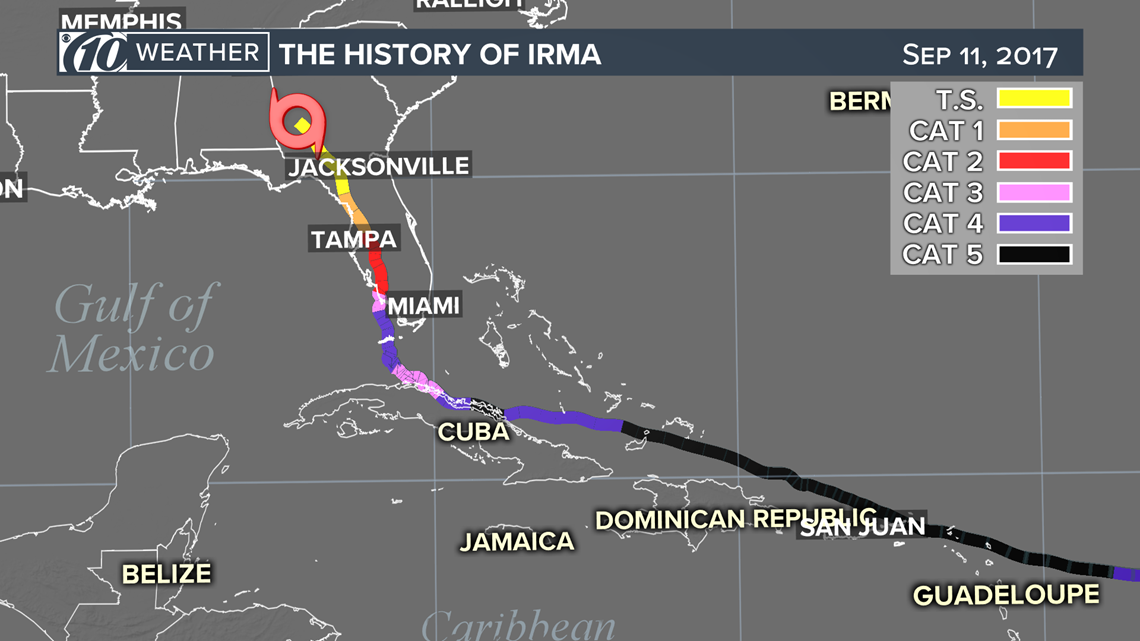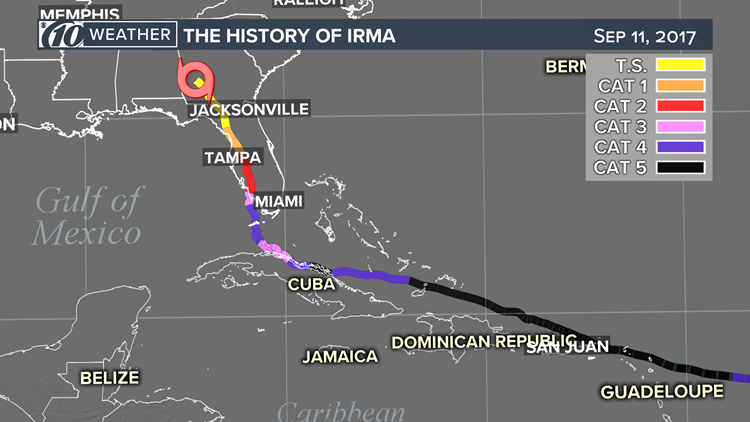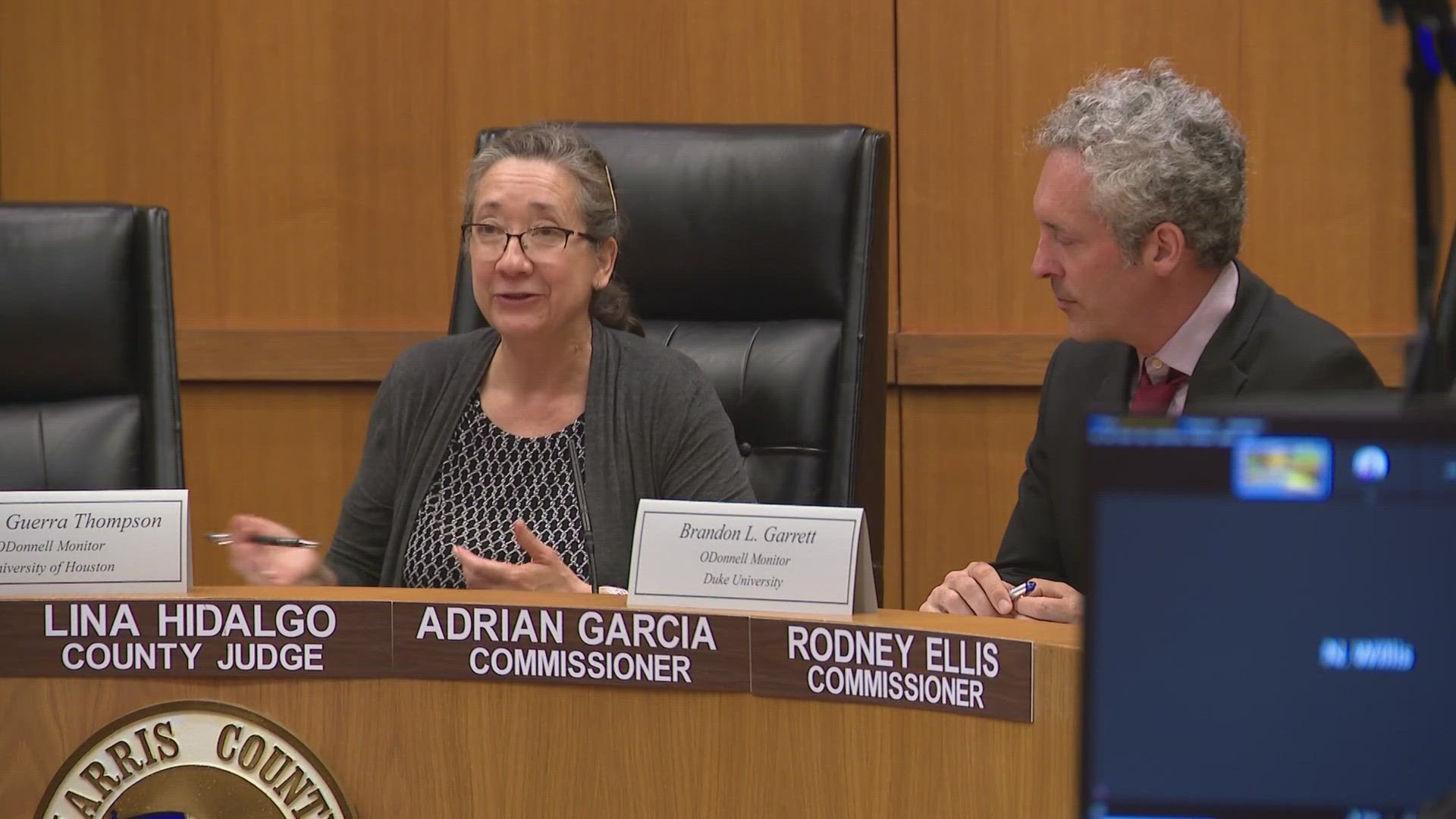ST. PETERSBURG, Fla. -- Tampa Bay nearly had a major hurricane -- Category 3 or greater -- churning in its waters.
But Hurricane Irma tracked farther south, and the region was spared. Again.
It's time to tack on another day since Tampa Bay's last direct hit from a major hurricane, another day to breathe a sigh of relief.
Or another day to worry. Better yet, prepare.
GasBuddy app: Florida drivers can check stations with gas, power


Few people lived in St. Petersburg when the 1921 Tampa Bay hurricane roared ashore just north of the city. Now considered what would have been a Category 4 storm, it devastated the region and killed eight people.
The damage from Hurricane Irma in Tampa Bay are more modern frustrations: downed trees on property, snapped utility poles causing massive power outages and temporary fuel shortages. The region will recover and move on together.
It'll take more time for others, including Key West, Naples and Jacksonville dealing with wind, surge and river flooding.
Hurricane Irma developed as a tropical wave off the coast of Africa, quickly becoming a major hurricane as it churned toward the Caribbean islands. It made the first landfall as a Category 4 storm at 9:10 a.m., Saturday, Sept. 10, in the Florida Keys and later hit Marco Island at 3:35 p.m. as a Category 3.
Still, Tampa Bay still is the most vulnerable in the United States to damage and flooding if a storm were to make a direct hit. The area stands to lose $175 billion if such an event unfolded, according to a 2015 study by Karen Clark & Co.
The geography of the bay creates a funnel: if a major hurricane with 111+ mph winds from the southwest pushes water into the bay, a surge would be devastating.
"Tampa has doubled down on a bet that another won’t strike anytime soon, investing billions of dollars in high-rise condominiums along the waterfront and shipping port upgrades and expanding a hospital on an island in the middle of the bay to make it one of the largest in the state," Darryl Fears wrote.
►Make it easy to keep up-to-date with more stories like this. Download the 10 News app now.
Have a news tip? Email tips@wtsp.com, visit our Facebook page or Twitter feed.


